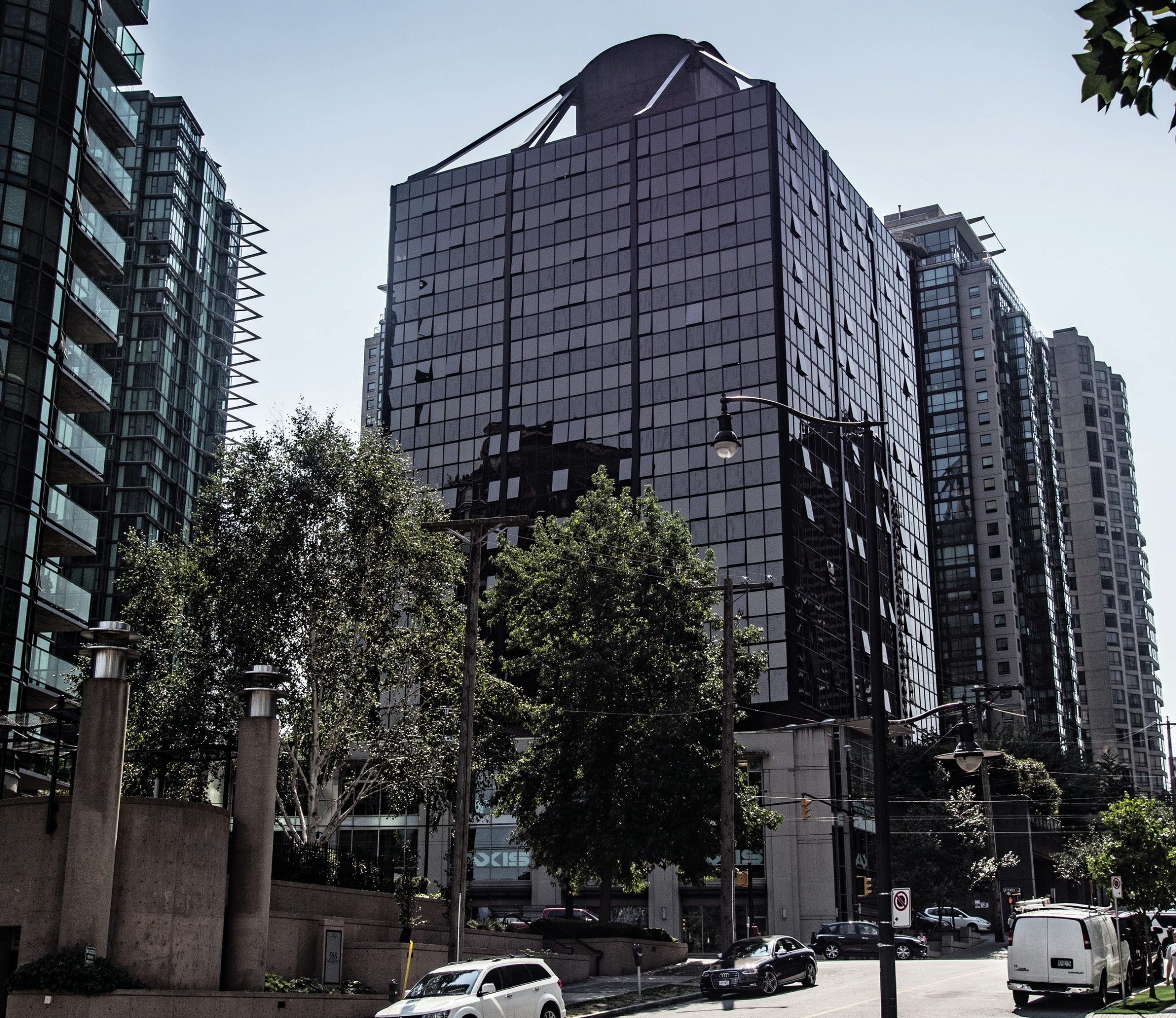
The ‘west coast transmission building’, built in 1969, is now dwarfed among the towering skyscrapers of Vancouver. The building is an iconic example of earthquake-resistant design. The city of Vancouver sits close to a major subductive plate boundary on the west coast of Canada and is at risk of high-magnitude earthquakes.
The award-winning 12-storey building is suspended from cables hung around a central concrete core which houses the lift shaft and the main entrance. The distinctive suspended structure is designed to be resistant to seismic shocks. In 2013 the building was refurbished into luxury flats — testament to the enduring appeal of the functional design. Buildings designed to resist earthquakes in hazard zones are a good example of an engineering approach to the mitigation of seismic risk.
Your organisation does not have access to this article.
Sign up today to give your students the edge they need to achieve their best grades with subject expertise
Subscribe




